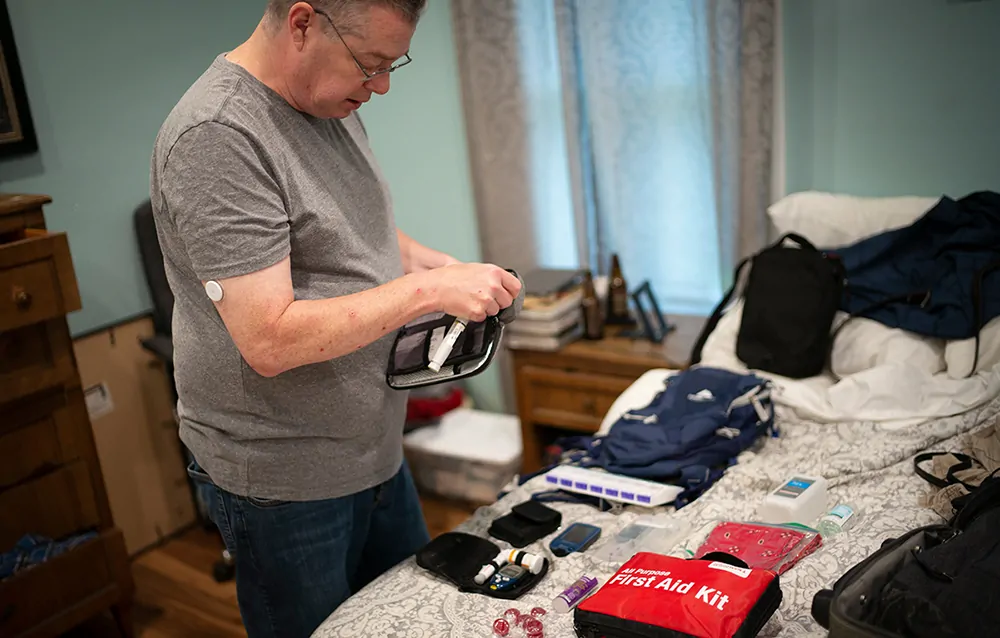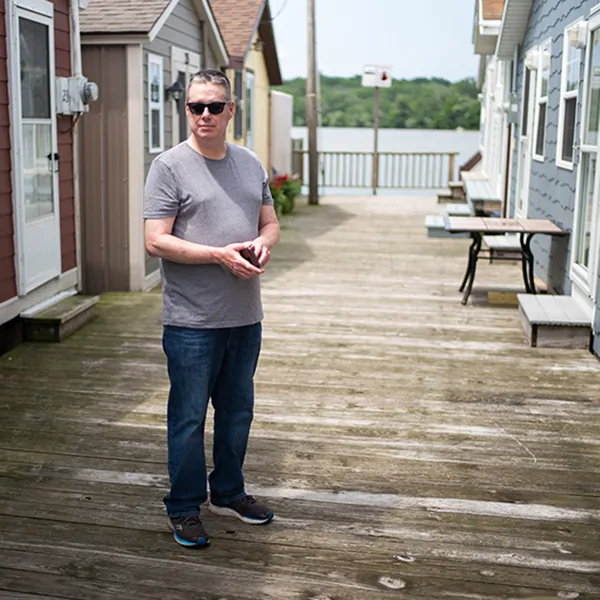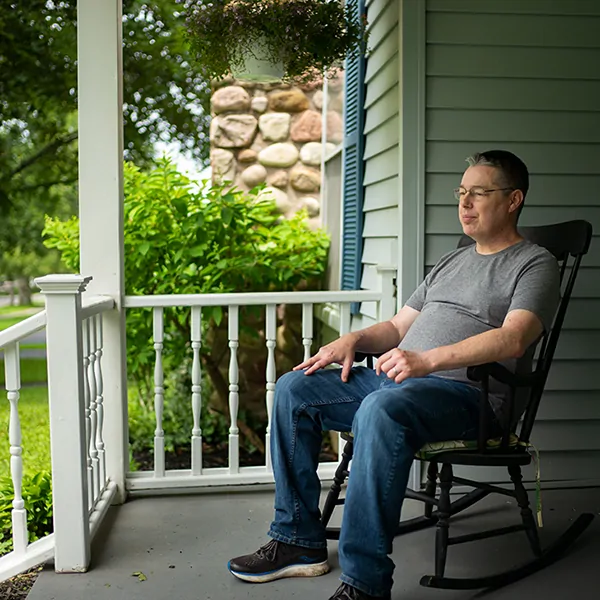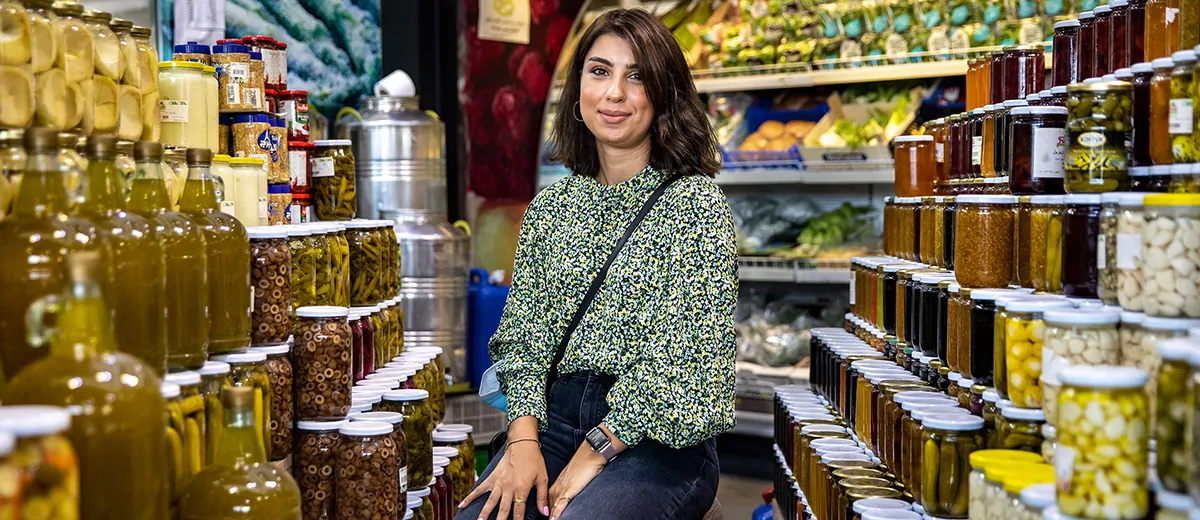Michael Donohoe
USA
Michael Donohoe
USA
Type 2 diabetes was very prevalent in my father’s family. He lost family members to kidney and related cardiovascular issues and my mother also lost a brother to diabetes. She was diagnosed with the condition six months before me.
When I was diagnosed with type 2 diabetes, I also discovered that I had a heart condition. I was living on my own and got married shortly after. The diagnosis changed some of my habits like going out with friends and I started to eat healthier and exercise more. Given my family history, I was anxious that my diagnosis could lead to an early death.
Time has provided perspective and now that I live with multiple complications and related conditions, I am less anxious and more focused on what I can do to help others. I have five children and am a little concerned that they will develop type 2 diabetes at some point in their lives. I therefore keep an eye on any potential risk factors that they may have.
Time has provided perspective and now that I live with multiple complications and related conditions, I am less anxious and more focused on what I can do to help others.

Stigma can result when you take an “invisible” condition like diabetes out into the open. I try to tackle this and improve awareness and understanding by being as open about my diabetes as possible. I also advocate loudly for people who are newly diagnosed or severely impacted by the condition. In my country, many people living with diabetes have issues accessing diabetes medicines and care. I focus my time on developing programmes and encouraging action to tackle the many local and national policies that do not benefit the diabetes and wider NCD community.
In diabetes advocacy, people living with type 1 diabetes are 90% of the voice, while people with type 2 diabetes, who account for 90% of all diabetes, are no more than 10% of the voice. It is therefore important to reach out to and engage this population to ensure a united community to improve the lives of everyone affected by diabetes.
“I try to tackle stigma and improve awareness and understanding by being as open about my diabetes as possible.”


More inspiring stories from across the world

Cyrine Farhat
Cyrine Farhat
Diabetes took away a lot of the freedom that I felt I needed growing up.

Tazul Islam
Bangladesh
Tazul Islam
My diagnosis had a huge impact on me, my family and friends.

Ronaldo Wieselberg
Brazil
Ronaldo Wieselberg
A friend's death from DKA completely changed my life and led me to devote myself to helping avoid as many diabetes-related deaths as I can.

Cyrine Farhat
Cyrine Farhat
Diabetes took away a lot of the freedom that I felt I needed growing up.

Tazul Islam
Bangladesh
Tazul Islam
My diagnosis had a huge impact on me, my family and friends.

Ronaldo Wieselberg
Brazil
Ronaldo Wieselberg
A friend's death from DKA completely changed my life and led me to devote myself to helping avoid as many diabetes-related deaths as I can.